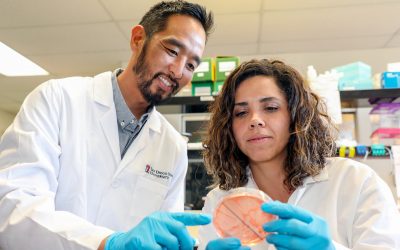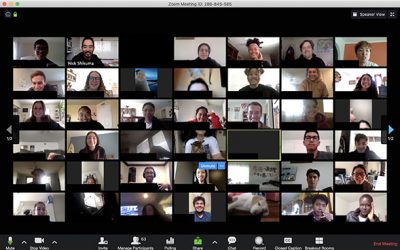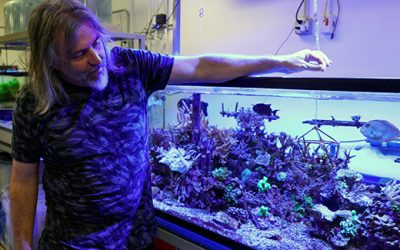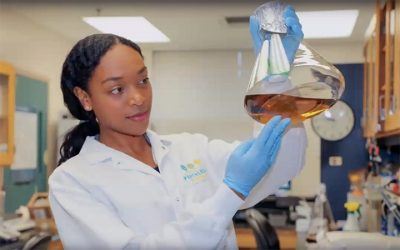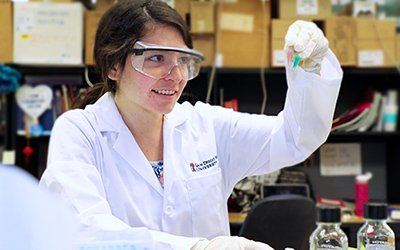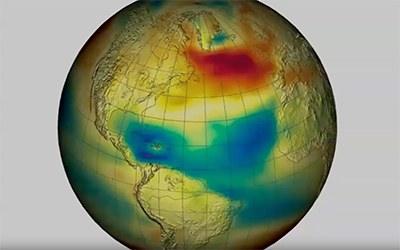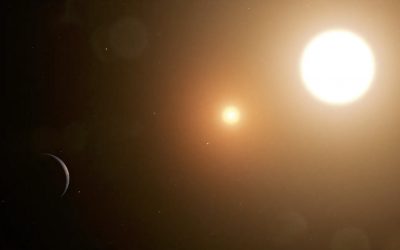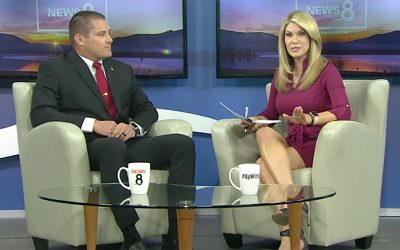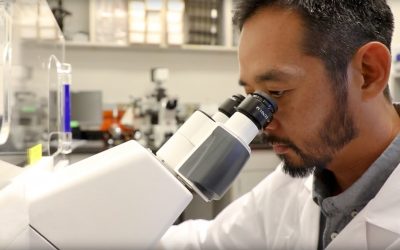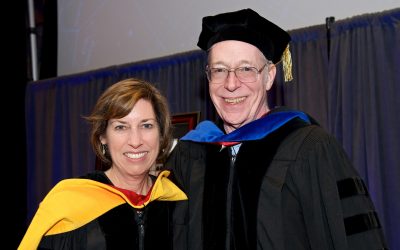News Archives from the College of Sciences
You Don’t Smoke – But Your Home Could Have Thirdhand Smoke Residue
“When you smoke, tobacco smoke chemicals accumulate over time and create these reservoirs that fill slowly and also empty slowly. Some of these reservoirs may never be depleted because chemicals are still sticky.”
Researchers Aim to Reduce LGBTQ Youth Suicide with $3.6M Grant to Fund Novel Intervention
Suicide is the second leading cause of death among youth and young adults, behind unintentional injury, with suicide attempts much higher among LGBTQ youth (23% to 45%) than their heterosexual and cisgender peers (5%).
This Stings: Some Flowers Can Harm the Bumble Bees They’re Meant to Attract
“There is something about certain plant species that makes them hotspots for transmitting infections, when an infected bee visits these flowers, they might leave the parasite behind to be picked up by the next visiting bee.”
Researchers Tracing How COVID-19 Spreads, Mutates in the Environment
A multidisciplinary team of experts in virology and computer modeling has quickly assembled at San Diego State University to learn more about how the new coronavirus (COVID-19) spreads in the environment and how its trajectory can be better predicted.
In Memoriam: Roland Wolkowicz
“Roland believed in the power of education,” said Cameron Smurthwaite, who studied under Wolkowicz and became a close friend. “Roland believed that science could bridge gaps between classes and people, and that education was a part of this.”
Marine Microbiologist Receives Major NSF Career Development Award
The nearly $1 million grant will enable Nicholas Shikuma to further explore how bacteria cause metamorphosis in marine animals and corals.
How This SDSU Professor is Making the Most of Virtual Instruction
“My graduate students are stressed about the impact this will have on their research,” Shikuma said. “Among my undergraduate students, some are seniors who are sad to leave their friends since this is their last semester in college, and I can relate to that.”
Stockpiling and Stress: Dealing with Uncertainty
You have undoubtedly seen photos of empty shelves at the grocery store. During the (COVID-19) pandemic, people are stocking up on supplies such as toilet paper, water and hand sanitizer, leaving little for other consumers. This is an act known as panic-buying.
SDSU Ecologist Receives Prestigious Moore Foundation Award
Forest Rohwer has been awarded $2 million to explore ways to help coral reefs adapt to climate change. He is one of 15 scientists from different research institutions around the world chosen by the Gordon and Betty Moore Foundation to receive investigator awards to pursue research under the Symbiosis in Aquatic Systems Initiative (SASI).
Nurturing Undergrad Cancer Researchers
Partnership Scholars Program offers underrepresented students paid internships, training and exposure to cancer research. By Padma Nagappan Nalani Coleman always knew she wanted to investigate diseases, especially cancer, so she found out about a research...
Upcoming Student Research Symposium Teaches Budding Scientists Confidence
“These presentations have helped me improve my scientific storytelling and learn how to convey my research so people are engaged and understand my results and why they are important,” she said. “I feel more and more confident each time I present.”
Climate Data at Your Fingertips
What makes 4DVD different from existing databases is that it optimally harnesses distributed computing, database technology and cloud server routing. Shen and Pierret demonstrated the difference by pulling up temperature data on existing databases. The images on those sites are not easily understandable.
Astronomers Pinpoint Two New Double-Star Planetary Systems
On behalf of the international team of 60 investigators, including SDSU astronomers William Welsh and Jerome Orosz, the work was presented by researcher Veselin Kostov at the 235th meeting of the American Astronomical Society in Honolulu on January 6.
Here’s How to Protect Yourself Online Before You Even Log In
You’ve heard of having good hygiene, like brushing your teeth, but how is your cyber hygiene? Co-director of the SDSU Graduate Program in Homeland Security, Lance Larson, sat down with Morning Extra to give tips on how to protect yourself online.
Discovery Chemist Aims to Drug the Undruggable
Jason Zbieg admits he has a competitive streak. It showed up in wrestling and baseball during his New Jersey childhood, and now he’s an avid golfer. “I just want to get as good as I possibly can in anything I do.”
‘Death Star’ Bacterial Structures Could Be Drug Delivery Tool
By scraping tubeworms off the bottom of boats in San Diego Bay to study them, SDSU researchers discovered a beneficial bacterium that aids in establishing colonies could also be a boon for human health, because the same process might already take place in the human gut.
Honorary Doctorate Awarded to Ellen Ochoa
Former astronaut and Director of the Johnson Space Center, Ellen Ochoa, was awarded an Honorary Doctorate at SDSU. “I could not have imagined this career when I was a student at San Diego State…” Ochoa credits one of her former physics professors, Jeffrey Davis, with helping steer her into her interest…
Mimicking Photosynthesis to Make Fuel Cells Affordable and Green
Chemistry researcher and assistant professor Jing Gu, with San Diego State University, is focused on making hydrogen both affordable and green, through artificial photosynthesis that mimics the plants to convert solar energy into hydrocarbons that stores energy in chemical bonds.





